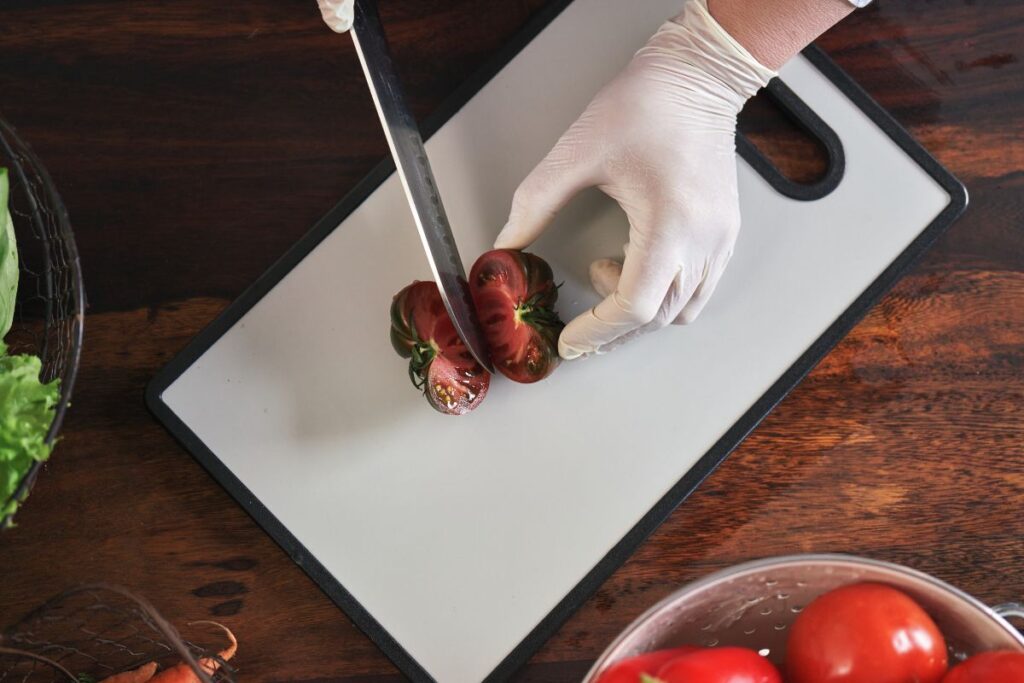Much debate surrounds the safety of cutting board materials, particularly plastic. A recent study highlighted that using plastic cutting boards can generate up to 7,680 microplastic particles, which can transfer to food via knives. This introduces concern about the long-term health impacts, considering the pervasive nature of microplastics across various environments—including water, clothing, and paint.
The Relative Risk of Microplastics on Health
Comparative research reveals that even bottled water might contain more microplastics than those possibly ingested from plastic cutting boards, with estimates around 240,000 particles per liter. However, experts caution about dismissing potential health risks lightly. The absence of concrete evidence doesn’t equate to safety, thus raising concerns about how these minute particles might affect us long-term.
The Case Against Plastic Cutting Boards
Aside from the risks associated with microplastic ingestion, there are other factors to consider when choosing a cutting board. Plastic cutting boards:
- Can harbor bacteria due to the grooves formed by knife cuts.
- Are typically harder to clean effectively compared to alternatives.
- May introduce harmful chemicals into the kitchen environment.
Experts recommend avoiding plastic cutting boards due to these hygienic issues and their lesser durability which makes them less sustainable.
Exploring Safer Material Options for Cutting Boards
To minimize potential health risks, it’s beneficial to consider alternative materials for cutting boards that do not pose the same levels of risk as plastic. Recommended materials include:
- Wood: Less prone to harboring bacteria due to its natural antibacterial properties.
- Metal: Durable and typically does not develop permanent grooves.
- Glass: Provides a non-porous surface that prevents bacterial growth and is easy to clean.
Combining these materials with proper kitchen utensils, such as using a steel knife on a glass cutting board, ensures the surface remains scratch-free and sanitary.
Practical Tips for Reducing Microplastic Ingestion in the Kitchen
Concerns over microplastics extend beyond just cutting boards. To further reduce exposure, consider the following actionable tips:
- Opt for stainless steel or glass water bottles instead of plastic.
- Avoid reheating food in plastic containers, as heat can promote microplastic release.
- Choose fresh food over packaged items where possible to minimize contact with plastics.
Broader Context and Future Considerations
While individual choices like switching cutting board materials can help reduce microplastic ingestion, broader environmental exposure still poses significant concerns. The ongoing accumulation of microplastics in various ecosystems calls for more comprehensive research and potentially, regulatory actions to safeguard public health.
In conclusion, while the direct health effects of microplastics from plastic cutting boards might currently be under debate, the cumulative risks and hygiene problems they present make a strong case for considering safer, more sustainable alternatives in our kitchens.

